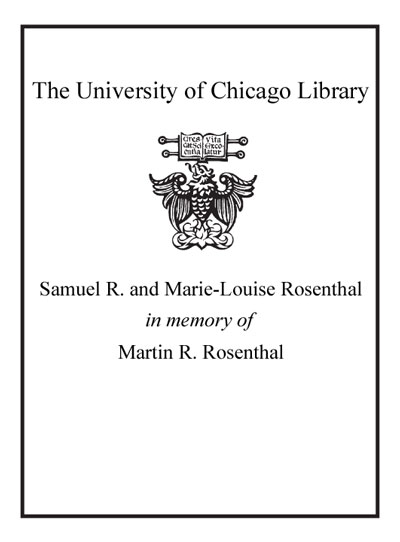Review by Choice Review
In this first volume of Apalachicola Valley Archaeology, archaeologist White (Univ. of South Florida) presents the prehistory of the valley from about 13,000 BCE through 700 CE. A second volume (CH, Sep'24, 62-0129) covers the archaeology of later prehistory and the historic period. Cutting across the Florida Panhandle, the Apalachicola is an important route inland from the Gulf of Mexico to the interior southeastern US. The archaeological sites are numerous and have been the focus of generations of researchers. In her penetrating presentation White skillfully weaves together the history of that research and its relations with Americanist archaeology with the evidence from the valley in sites and artifacts and how they have been interpreted. She links them with the exceptional environment of this major river and the influence it has had and continues to have on understandings of past lifestyles. Well supplied with maps and illustrations, the volume includes a comprehensive, up-to-date bibliography. Clearly a volume for colleges and universities with courses in anthropology and archaeology, this study will also generate considerable general regional interest. Summing Up: Recommended. Lower-division undergraduates through faculty; professionals. --R. Berle Clay, emeritus, University of Kentucky
Copyright American Library Association, used with permission.
Review by Choice Review

